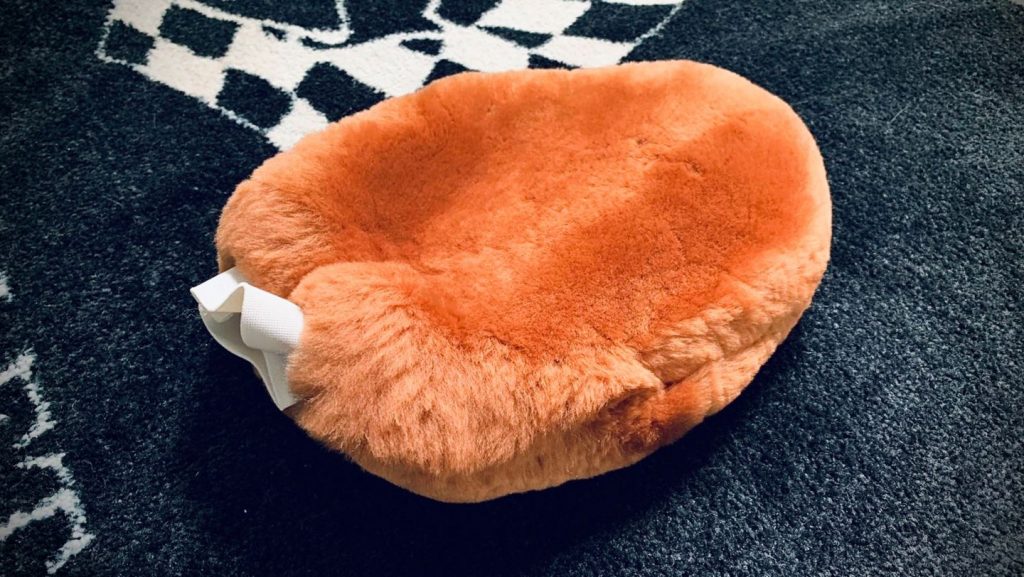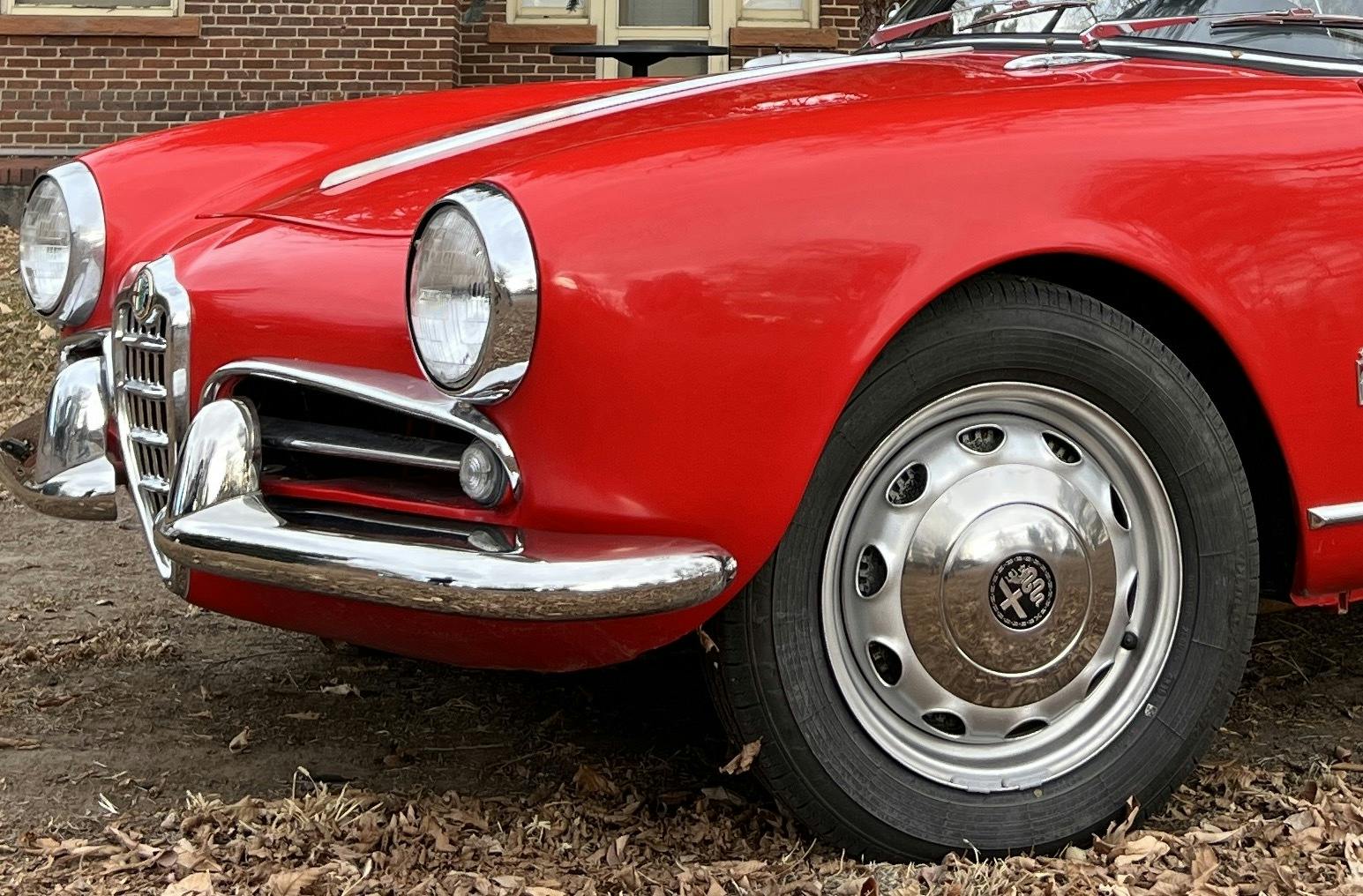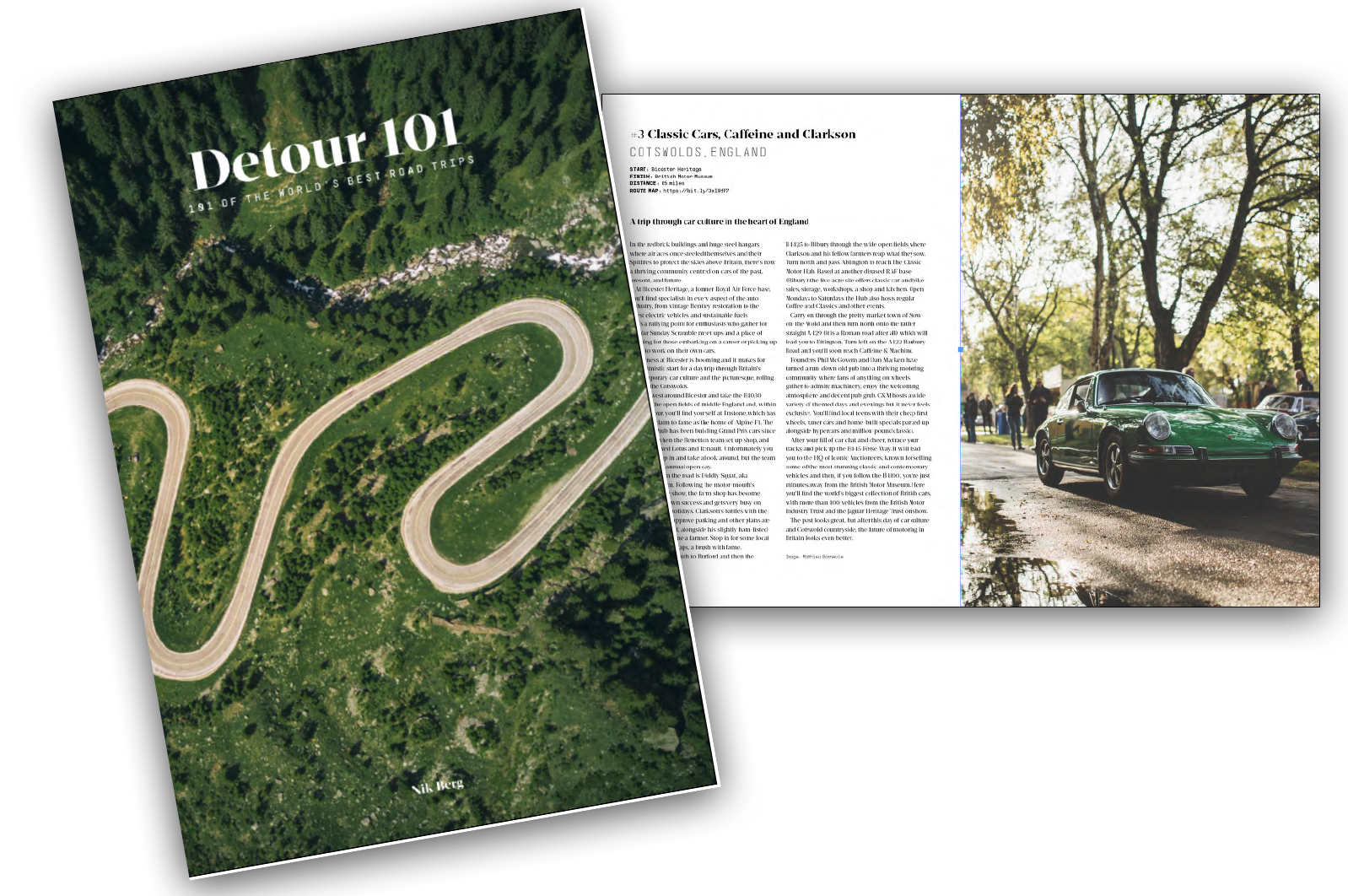Richard Tipper has been valeting cars of all shapes and sizes since 1989, and can spend up to a week detailing every inch of a car. He has gone through more cleaning accessories and products than you’ll find on the shelves of an automotive superstore. These are Tipper’s Tips for the Hagerty community.
In many cases lockdown has provided people with plenty of spare time, and for car and bike enthusiasts, some of that is being put to good use cleaning cars or motorcycles. But if you’ve ever wondered where those swirl marks on paintwork come from, given you’d rather leave your car dirty than take it through a mechanical car wash, I’ve got the answer: they come from you.

Okay, so technically it’s not you; rather, it’s the equipment you’re using. I have spent the past 32 years detailing cars, and before that I made my pocket money from washing and polishing them. So it’s fair to say I know one end of a pressure washer from another. But that’s another column for another time: here I want to talk about sponges.

Sponges are your enemy. You may be well intentioned; you may have some costly branded cleaning products on the garage shelves; you may even faithfully follow the two-bucket routine (one for soapy water, the other clean water for rinsing); but if you are using a sponge, you will be doing harm to the paintwork.
What you use to wash the dirt off your car is an essential part of the protecting paint. Dirt is made up of sand and grit so it makes perfect sense not to drag that around the painted surface. (Oh, and I’m assuming here we all rinse as much dirt from the car before washing, using a hose, pressure washer or, if you can’t lay your hands on those, a watering can.)
Sponges tend to drag the dirt over the paint, as they have quite a hard surface, relatively speaking, compared to a ‘mitt’ as they’re commonly known. This means they press dirt against the surface and you apply pressure to the sponge. A wash mitt not only forms the shape of the contours of a car but also, and most importantly, has a deep piled surface which allows dirt to sink into it, This dramatically reduces the friction against the paint and helps prevent those swirls and scratches.
Rinsing the wash mitt regularly during the process into a clean bucket of water is also an essential part of scratch prevention.
Wash mitts come in many different suitable types however the ‘gold’ standard is a genuine Lambs wool mitt. These offer the safest and softest surface to make contact with your cars paintwork. Admittedly, they’re more expensive than a sponge, but for less than £20 you’ll have one of the most important tools of the trade that will help you care for paintwork, trim and glass over the lifetime of the car.
It’s a piece of equipment and an approach every detailer will employ. And there really is no reason why the methods, techniques and tricks practised by the professionals cannot be copied by the enthusiast.
I’m here to share the basics and more advanced tips of the trade, every fortnight. Do let me know what else you’d like to about, in the comments, below.










Richard. I use waterless cleaning for the paintwork on my classic, mainly because its garaged at a distance from home, without water. Comments, please ?
Hi Richard,
Is snow foam and a snow foam lance worth investing in and, if so, are you able to do another group test like you did for the pressure washers, which I thought was excellent.
Many thanks
Adam Fiander
Hi Andy,
Assuming your classic car is in what I call, ‘useable condition’ then I can see no harm in what you’re doing as maintenance. Waterless sprays come in many different disguises. Some are specific and others are called ‘Quick Detailer’ or ‘Showroom Shine’ for example. Providing the car isn’t absolutely filthy then what you’re doing is precisely what I would do. Just be sure to use a clean or new cloth everytime, fold it over regularly and do the dustiest bits last.
Rich
Hi Adam,
Snow foaming is a relatively recent method of removing surface dirt from your cars paint prior to hand washing it. It is recognised as the ‘gold standard’ within any discerning enthusiasts maintenance method. The idea being that you’re reducing the swirls and scratches inflicted during the wash process. For this reason I would strongly recommend it. However expectation should be limited depending on how dirty the car is and the time since it’s last wash. Snow foam helps but it isn’t a miracle worker.
Rich
Swirl marks most often come from rotary polishing historically at the factory during manufacture. In Chasing Classic Cars, you’ll also see rotary polishing used universally. It doesn’t matter.